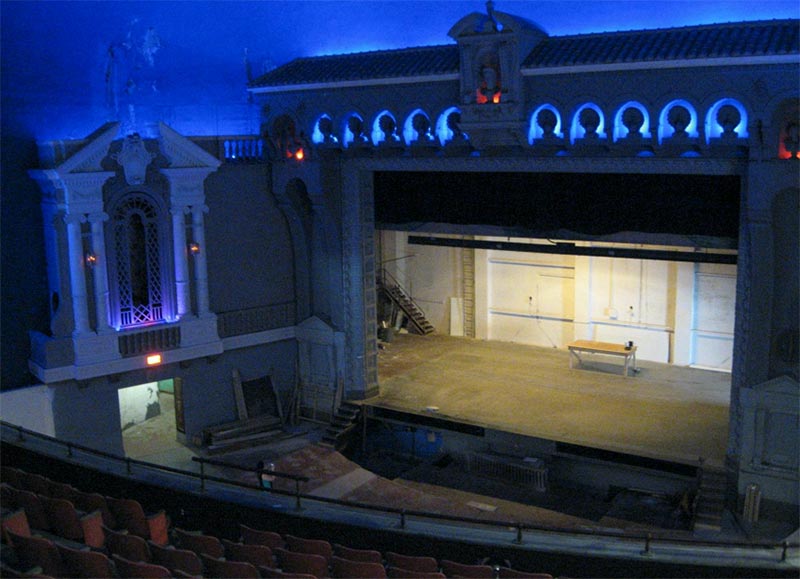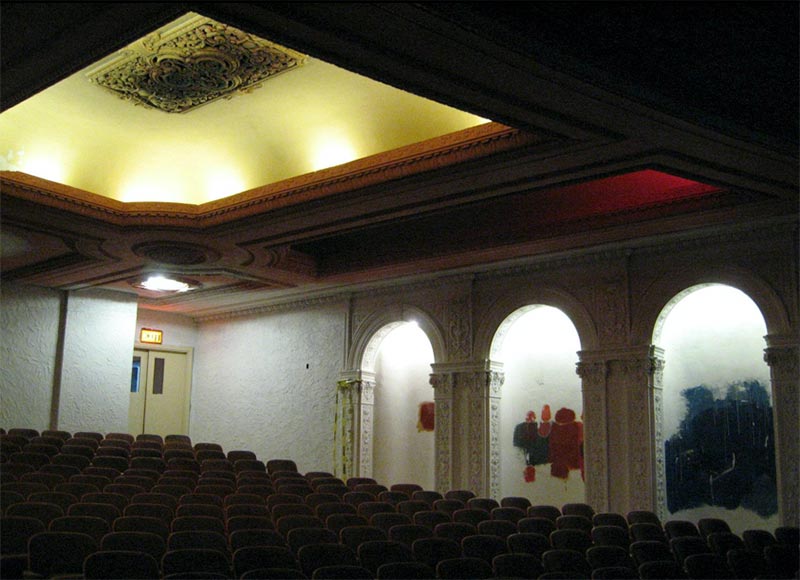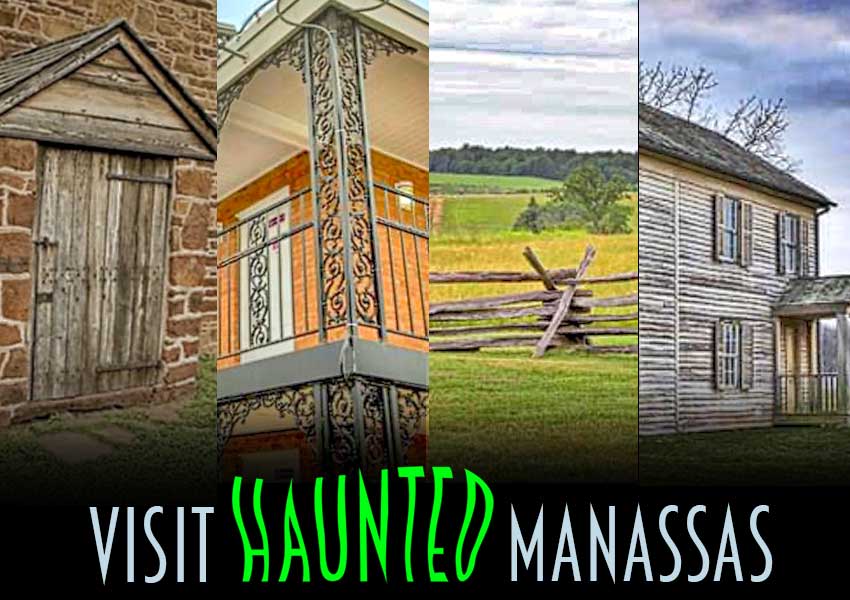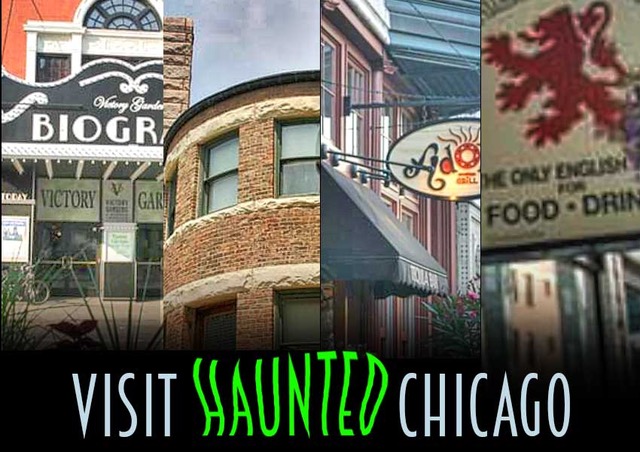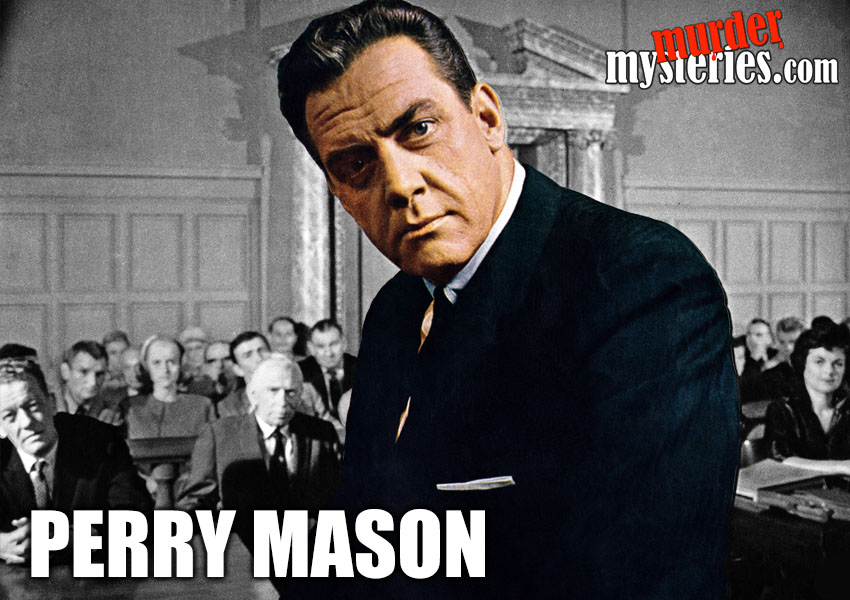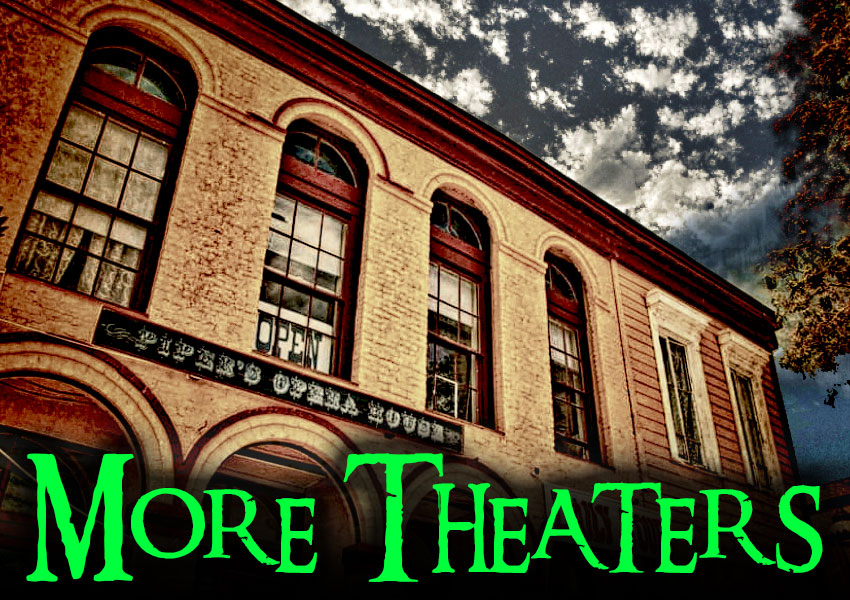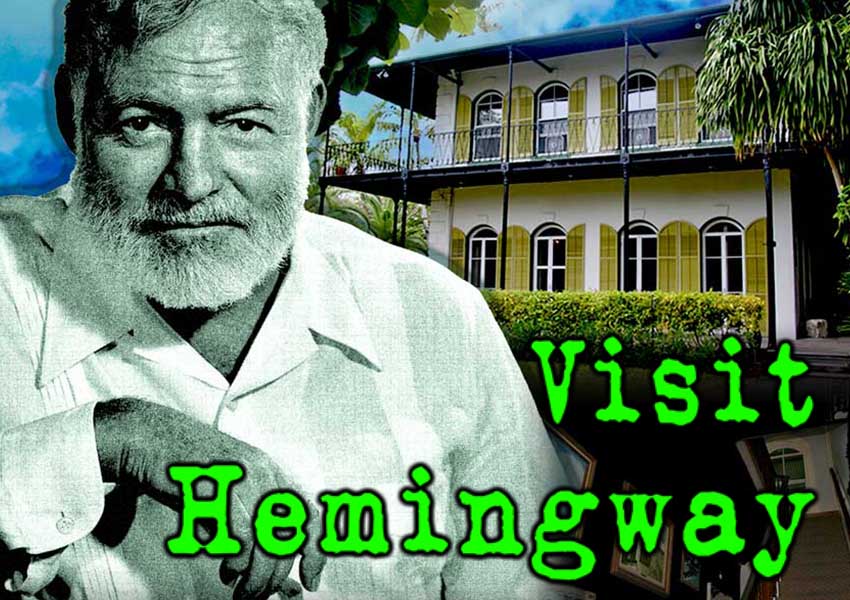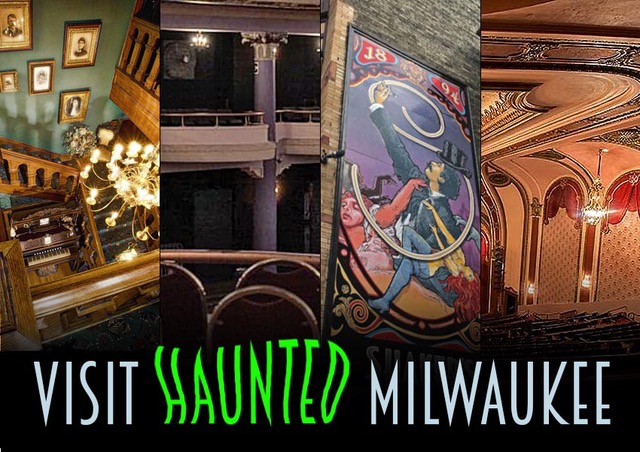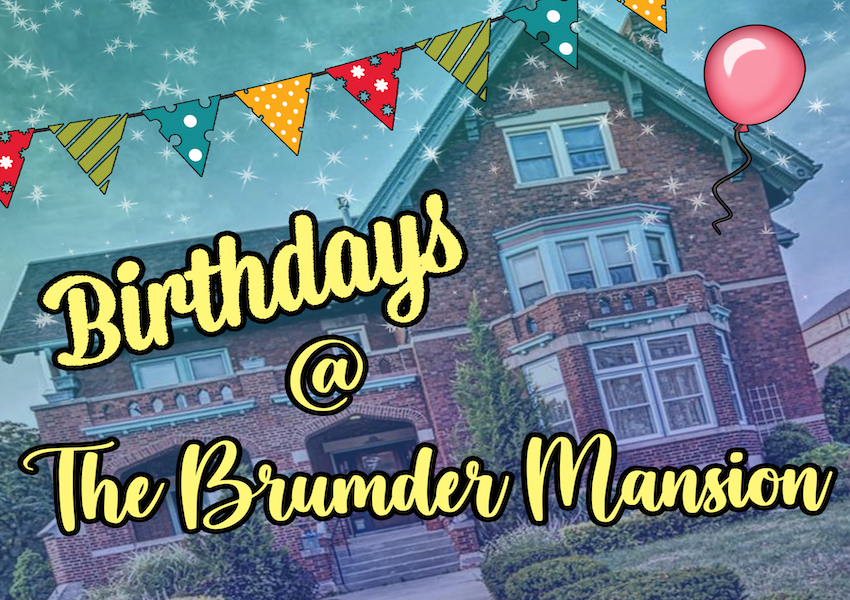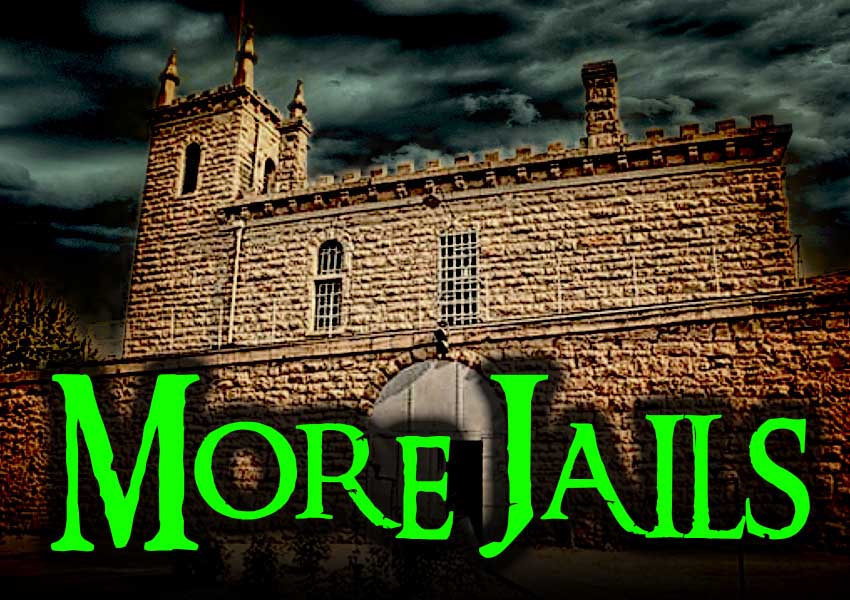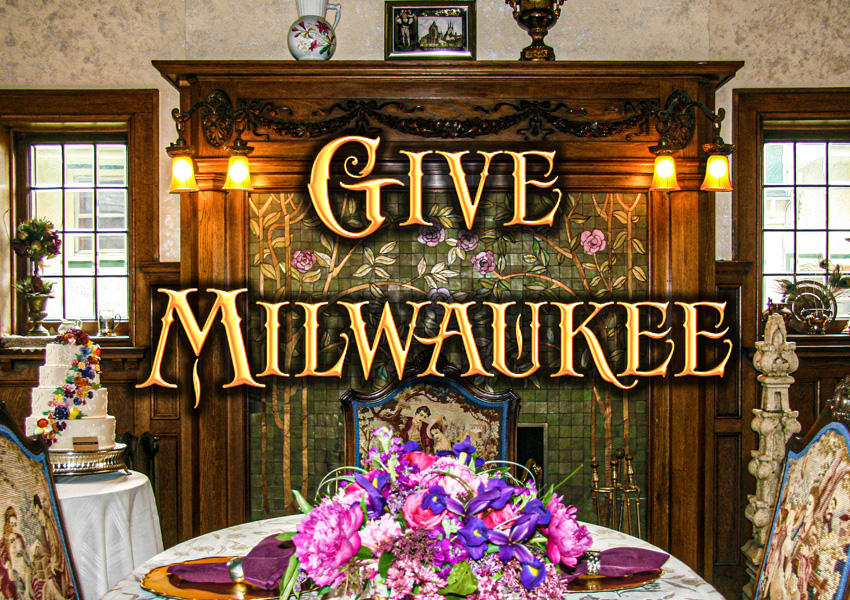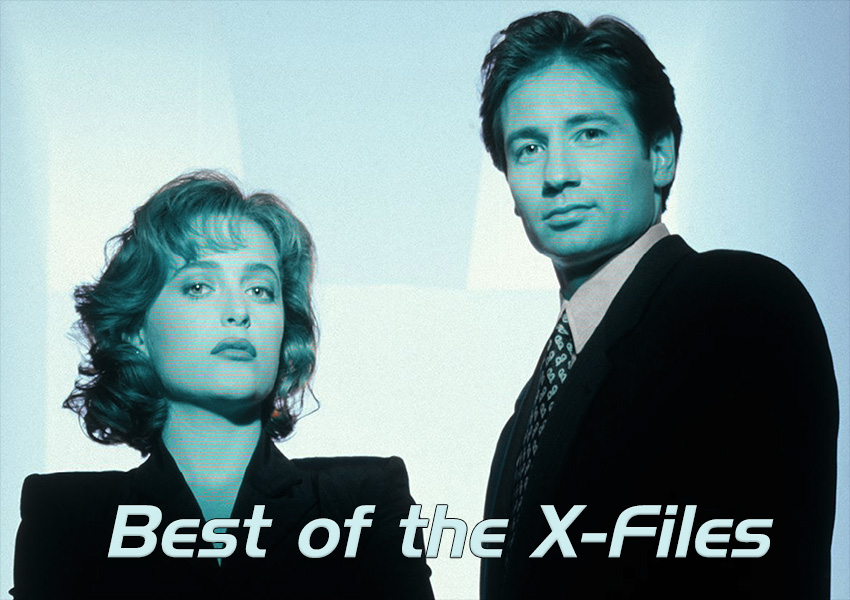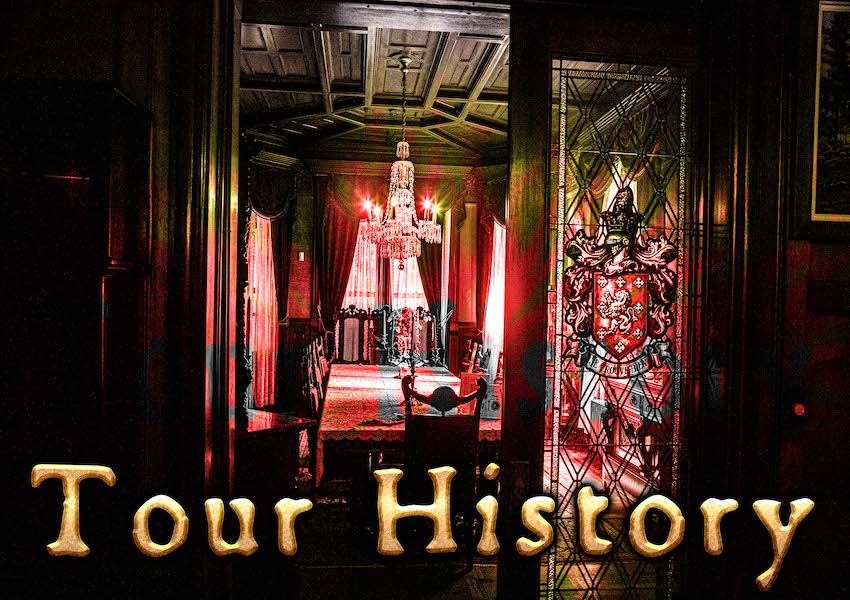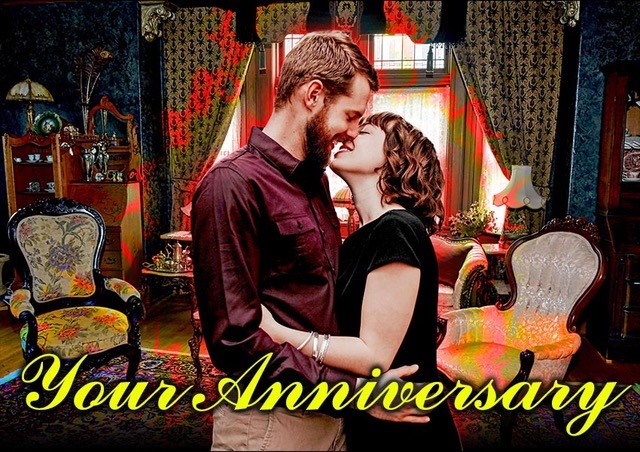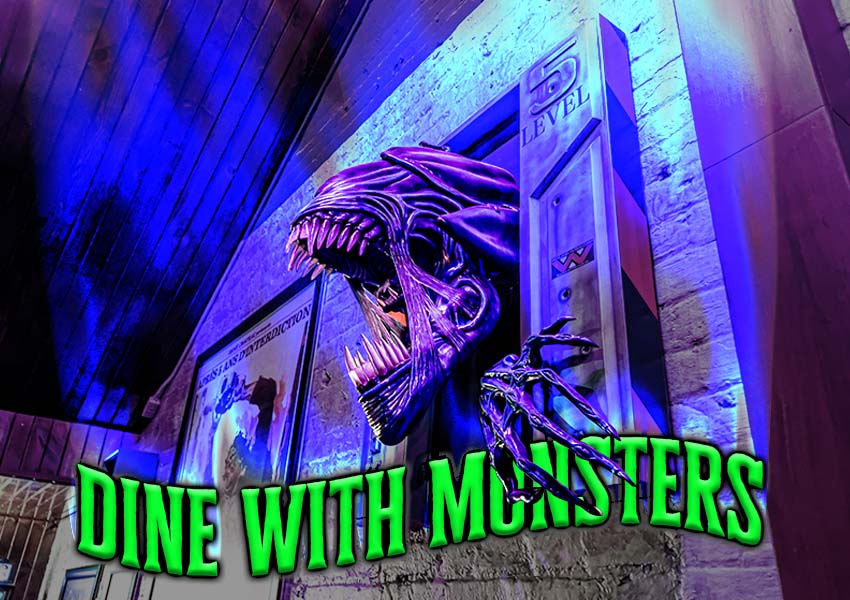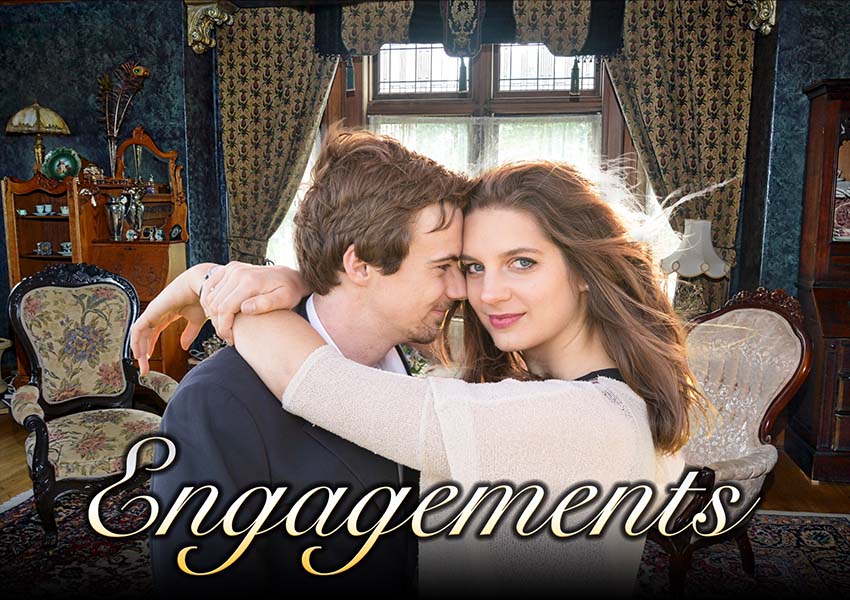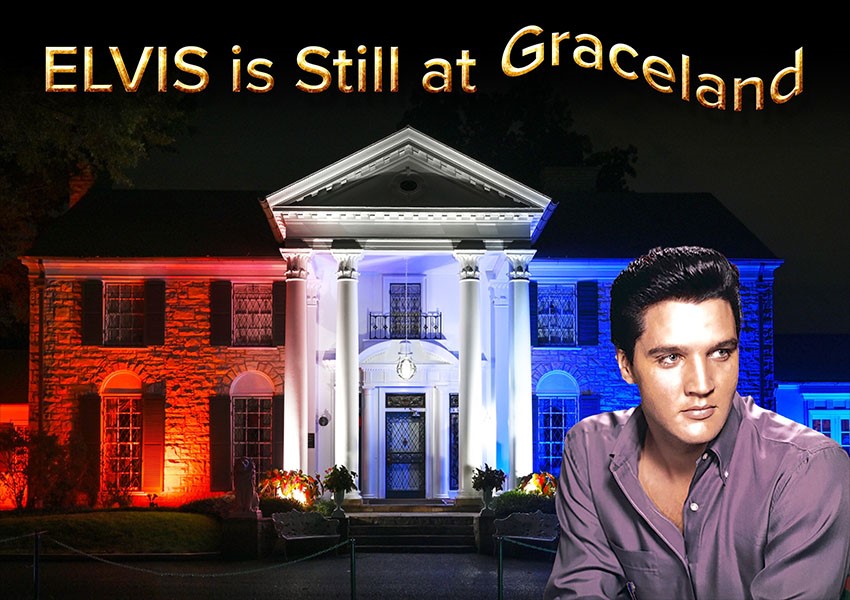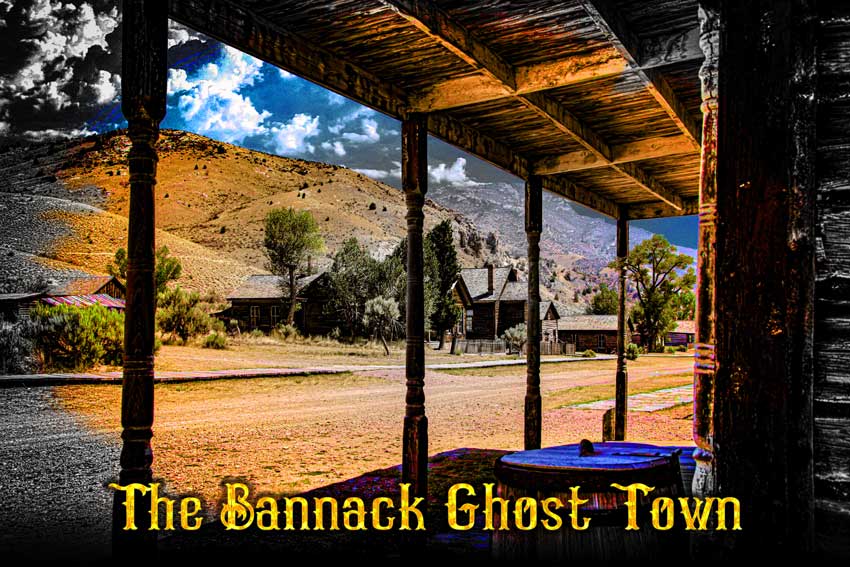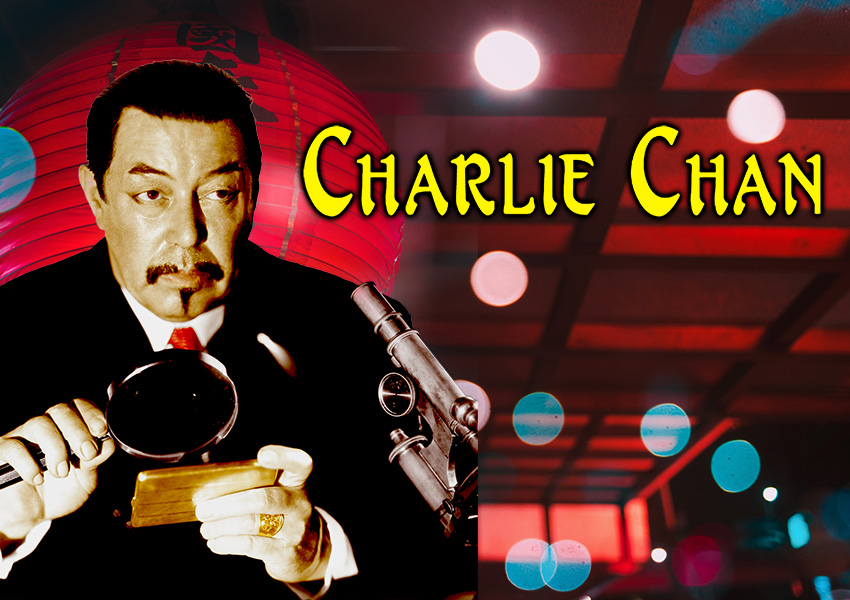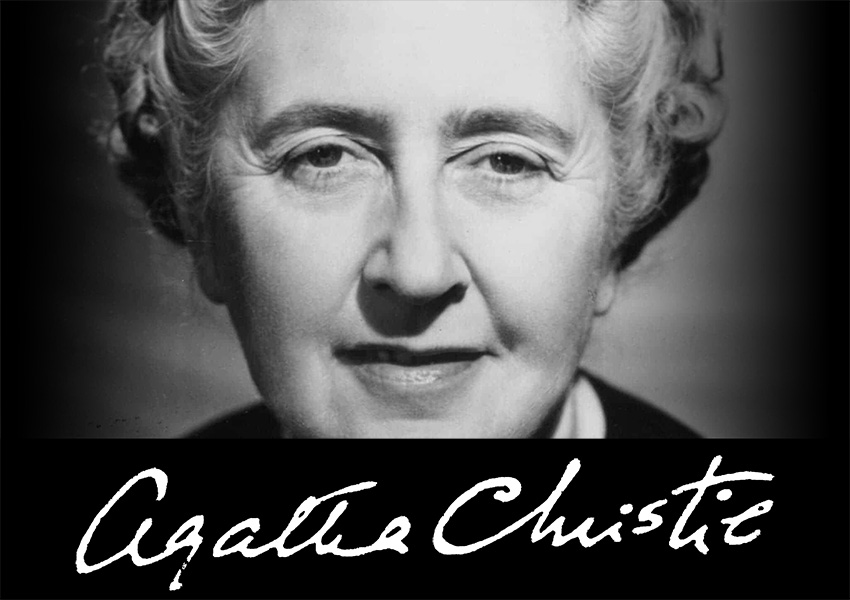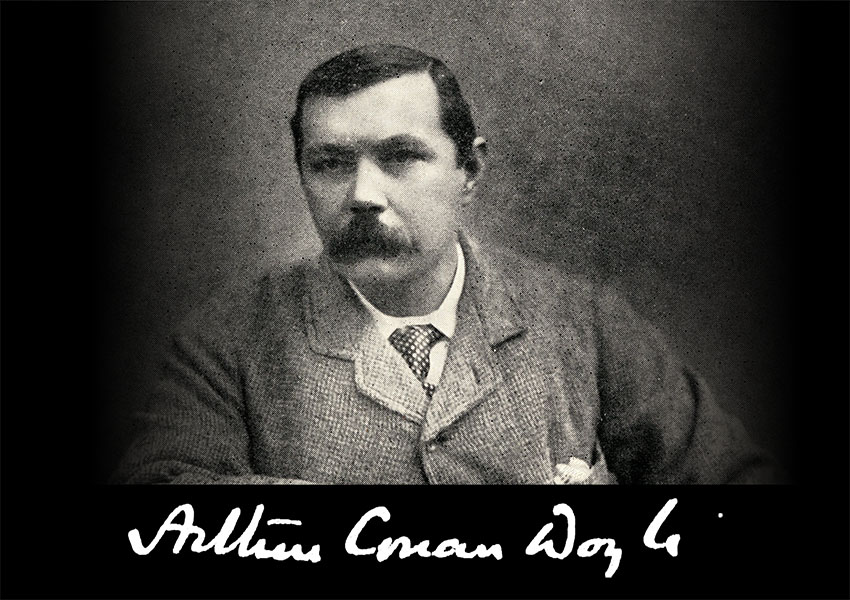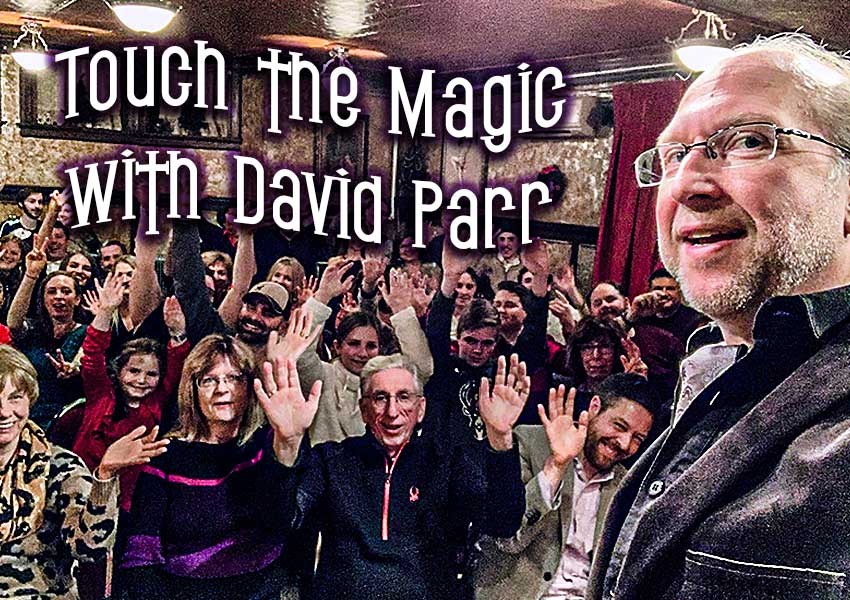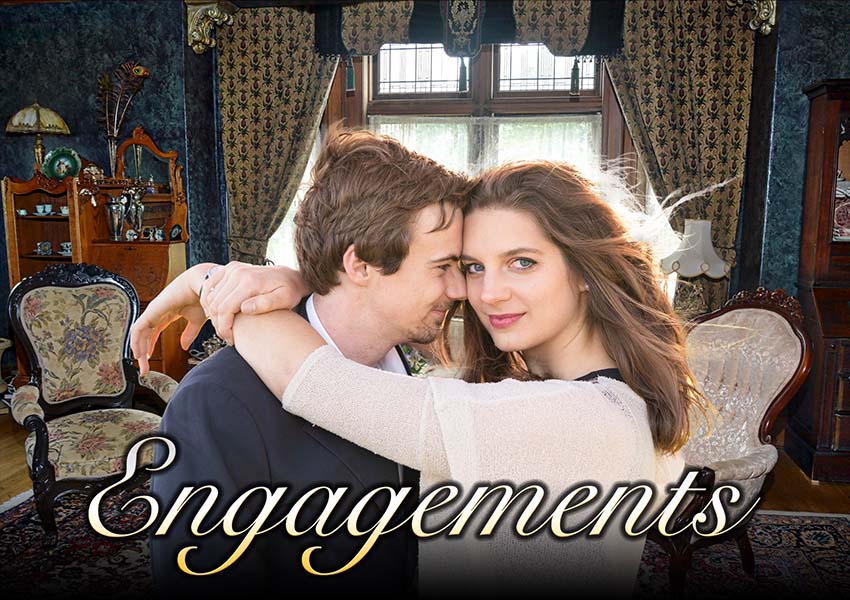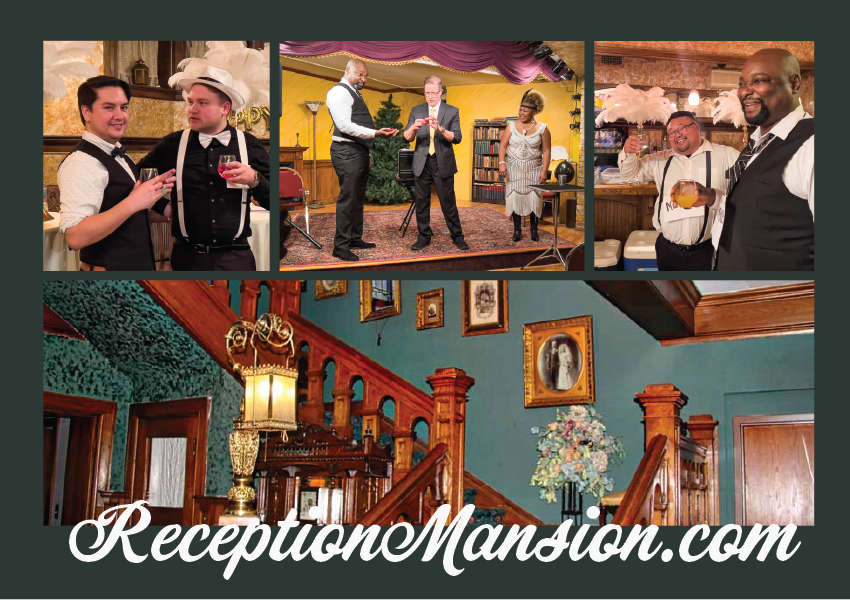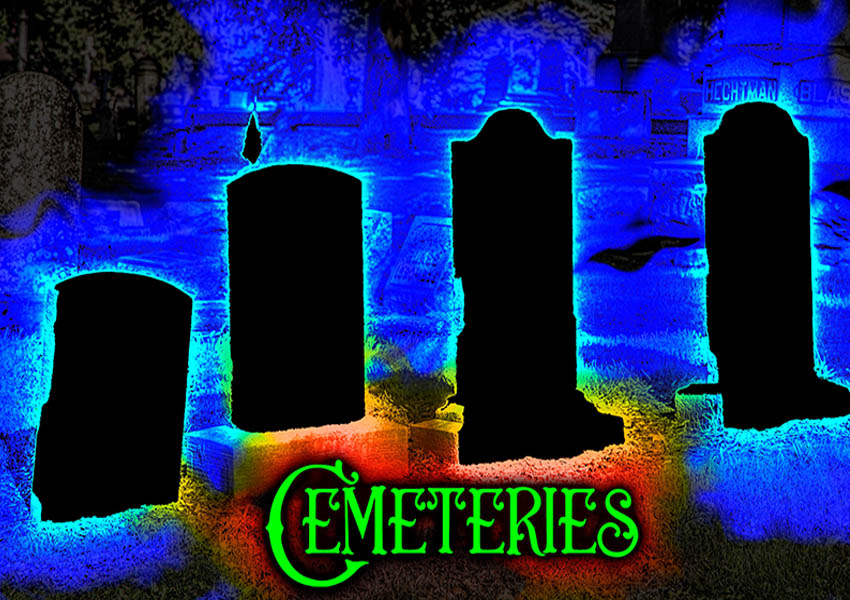Flint Michigan
Capitol Theater
The Capitol Theatre apparently comes with its own spectral peanut gallery!
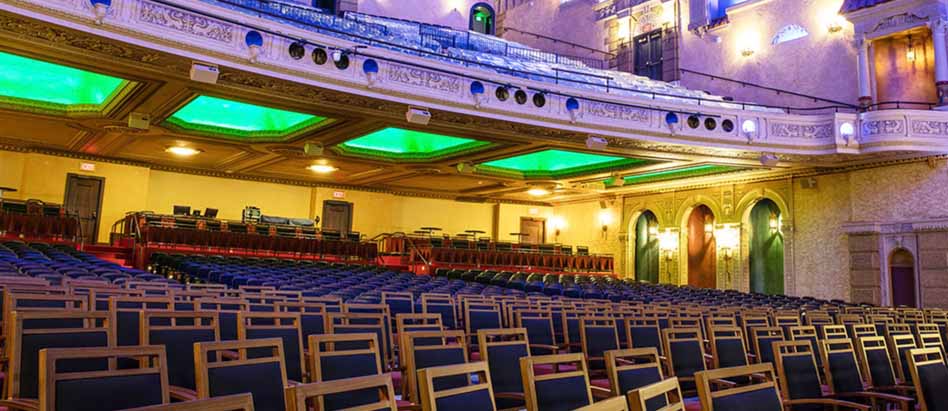
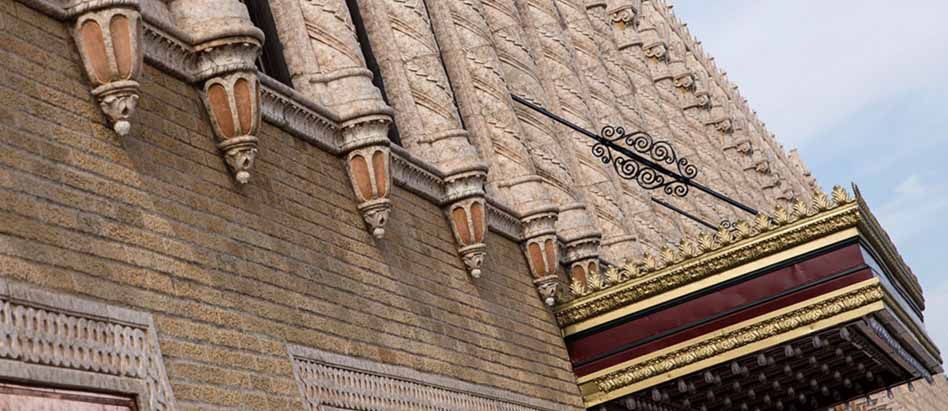
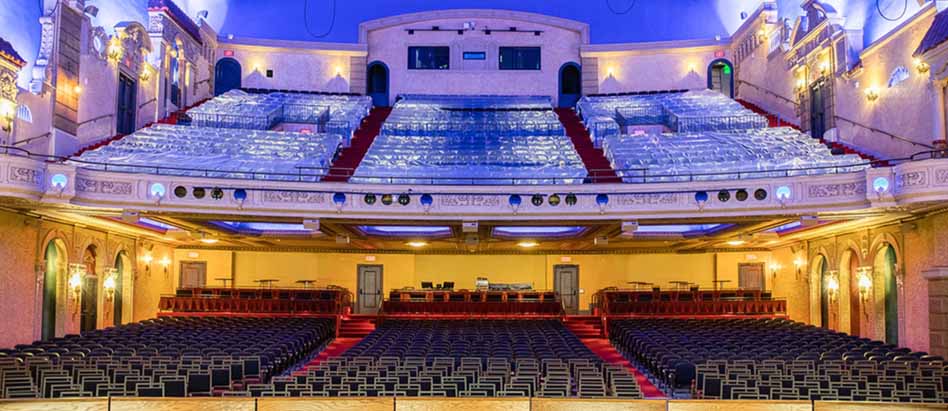
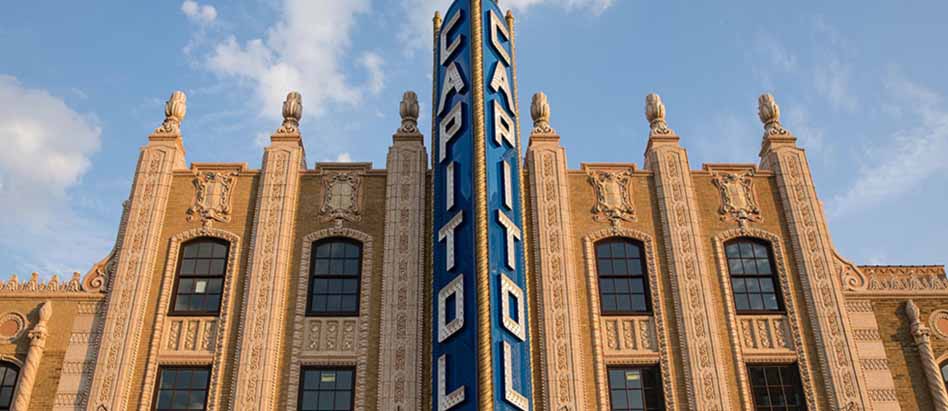
DESCRIPTION
Yikes! Tom and I had no idea how economically depressed the city of Flint had become, until we visited it in June of 2007. It was no surprise to find that the Capitol Theatre was closed, and that no other businesses in the same building were open or operating.
On the bright side, there were signs of redevelopment throughout the downtown area, and there were signs of a renovation/restoration of the old theatre as well! The economically depressed city of Flint, like The Capitol Theatre, finally got a long, overdue face lift and renovation, thanks to the private sector and government forces who have finally come together to provide money for urban renewal funds to be used in the bedraggled downtown area.
As of 2018, this twenty million dollar renovation project/urban renewal project is finished and the theatre is fully restored to its former magnificent state! Under the direction of theatre restoration architect, Paul E Westlake Jr. this glorious theater has become what it was meant to be: a place of “Commerce/Trade, Recreation And Culture.”
We hope that the Capitol Theatre will become a huge anchor business to get people in a sixty mile radius to come to downtown Flint. As it has done in other cities, a popular theatre will “spark growth in downtown with the addition of restaurants, clubs, cafes and a mix of commercial activity.”
People will not only enjoy the entertainment offered at the theatre, but also will spend money in a newly updated and renovated downtown area; bringing economic recovery and prosperity.
There is a long list of all the restoration projects that were done bringing The Capitol Theatre up to snuff; concerning building codes, restoration and updating of facilities.
The outside of this building shines once more! Recreation of the building’s original 1928 façade, including restoration of its exterior terracotta ornamentation has been completed.
As the patron enters the structure, the restored beauty and detail are breathtaking.
Throughout the lobby, “interstitial spaces connecting front and back of “house amenities”, as well as spaces between the theater and adjacent offices once again have the original decorative plasterwork and statuary that have either been restored or recreated by talented craftsmen and women.
The theatre’s auditorium is truly stunning! The ceiling has been repainted to once again evoke open skies, to give the patrons the sense of being somewhere else than reality, which is often called the “atmospheric theatre experience.”
The theatre’s 1500 seats are located both on the main auditorium and in its balcony. The expansive, grandiose interior was designed to resemble a Roman courtyard, using “Mediterranean architectural elements, executed on a grand scale.” The theater seats in the auditorium are reproductions of the original seats.
 Updating was an important goal in this huge project to make this theater a viable, modern venue for the arts. On the completed list of goals was the renovation of historic lighting and fixtures throughout the building. This included the installation of state-of-the-art performance lighting for the stage area and the modernization of the theater’s technical abilities for the 21st Century.
Updating was an important goal in this huge project to make this theater a viable, modern venue for the arts. On the completed list of goals was the renovation of historic lighting and fixtures throughout the building. This included the installation of state-of-the-art performance lighting for the stage area and the modernization of the theater’s technical abilities for the 21st Century.
As an added feature, an additional performance space was created on the lower level of the theatre that was once a bowling alley. It is now used for smaller venues, such as experimental workshops, performances, rehearsals, and a variety of other events.
Also updated, restored and modernized is the rest of the building space which surrounds the theatre itself. Like many old theatres, The Capitol Theatre has office and business space around it in the same large building that has 30,000 sq. ft. on the lower floor and 25,000 sq. ft. on the second floor. The new office and business spaces are now competitive options that will encourage businesses to move their offices here. That means more income!
From 2018 to March of 2020, this restored and renovated Capitol Theatre building became a very busy cinema and concert venue until the COVID plague shut down all activty. As of June of 2021, films and musicians are once again slowly being booked for the entertainment of this theatre’s audiences.
So far, artist Chris Thile will give a concert in October. The June film fare has Finding Nemo and COCO, that are aimed at family viewing. The Capitol Theatre is gearing up for a busy 2022 season of films, and a variety of stage entertainment.
The future of artistic entertainment at this gloriously restored Capitol Theatre is very bright indeed. The theatre’s website states; “Programming at the restored Capitol will include a diverse mix of popular and classical music, comedy acts, film screenings, contemporary and modern dance, spoken word, and theater works that play to the strengths of its intimate auditorium and new flexible performance spaces.”
HISTORY
The architectural style of The Capitol Theatre is described as being “Late 19th And 20th Century Revivals,” with a touch of “fifteenth century Hispano-Italian style” architecture. This 1500 seat Capitol Theatre began as a dream of J. Bradford Pengelly, who in 1923 bought what was then an empty property lot where the Capitol Theatre would be built. Pengelly went into partnership with Walter S. Butterfield who owned the Butterfield Theaters, and they formed The Flint Capitol Building Corp. in 1924.
The 2000 seat Capitol Theatre was built in 1925 in the glorious style of an atmospheric theater, being the result of a collaboration between Pengelly, Butterfield, and by well-known atmospheric theatre designing architect, John Eberson, who was the master at building and designing atmospheric venues.
Atmospheric theaters that were lavish and extravagant by nature, were built in the 1920s, before the Depression. Atmospheric performance venues’ interior decor and architectural design depicted elaborate outdoor scenes. John Eberson really out-did himself in designing the interior of The Capitol Theatre, which is still considered by many to be his most impressive effort.
The expansive, grandiose interior was designed to resemble a Roman courtyard, using “Mediterranean architectural elements, executed on a grand scale.”
The patron found everything physical which “transcended him or her away from everyday woes to a place of peace and beauty, including terrazzo floors, gold leaf decorative touches, and detailed structures and statues found in an Italian Garden. “Facades of palaces, castle towers and hanging gardens adorn the theater’s interior.”
Lovely details such as a sunset, stars and doves flying were also added. A fog machine was used to make “wisps” of clouds. Facades of palaces, castle towers and hanging gardens adorn the theater’s interior.
The business spaces at street level on either side of the main building were home to a cafe and a pool hall which were favorite past times of people of that era. Another perk was the bowling alley in the building’s basement.
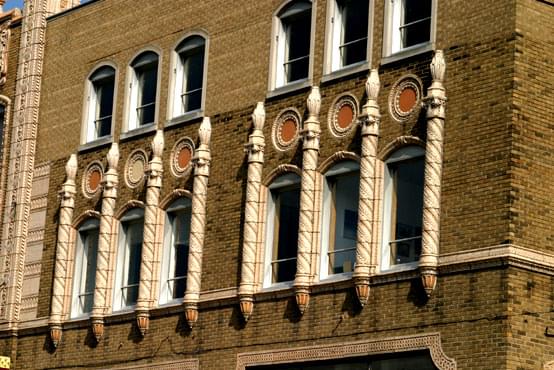
Butterfield Theatres owned and operated the Capitol Theater from opening day on January 19th, 1928 until it first closed in 1976. It started out as venue for music, photo plays and stage presentations. When talking films became popular, a screen was added and a movie palace was started. The Capitol Theatre became a much loved movie house, especially between 1925-1949, when it was in its prime. Unfortunately, like the area around it, the theater slowly decayed over the years, slowly losing its uplifting, atmospheric palace aura.
In 1957, this much loved theater was in need of a facelift, as it had become a bit of a fixer-upper opportunity; the frescos needed to be repainted, etc.
The owners thought that the theatre would cost too much to restore it as it originally was in its glory years, so the cheaper more economical way forward was to “modernize” this structure. “The lobby and front was extensively remodeled and the atmospheric theater’s original colors were painted over and many statues removed.”
In 1976, the once beautiful, inspiring movie venue had become a plain and creaky, old dame that wasn’t bringing in much money due to the deterioration of downtown Flint, and the competition from suburban theaters. It had sunk to showing second and third run films to a poorer community. The Capitol Theater was closed and put back on the real estate market for the first time.
Instead of selling this creaky old structure that was way past its prime to developers, someone who would restore it came along just in time. In 1977, this dilapidated property was bought by the Farah family patriarch, George, a local grocer. The Farah family were dedicated to the goal of bringing this once grand old lady back to her former glory.
The Capitol Theater traditionally had been mostly a movie palace, especially in the middle years of the 20th Century, although the stage area was built to be large enough for performances of musicians and thespians. It became a performance theatre once more and opened as a venue for both films and live entertainment in September of 1978, serving beer and wine from a bar in the lobby. This was a new idea for a theatre to offer alcoholic drinks to its patrons.
From 1978-1995, such rock and roll artists as Mitch Ryder, AC/DC, Black Sabbath, and the Go Gos gave concerts on the stage. This strategy brought in a lot of rock enthusiasts who kept the doors open and made this a viable use of the theatre that generated much-needed funds at the time. This was a money maker until the 1990s, when other performance venues opened in the suburbs in nicer neighborhoods.
In 1980, the theatre was leased for one year to a Birmingham theater owner who showed specialty films, like Kungfu movies for bargain prices but it failed to bring in enough revenue. The major problem was the location of Capitol Theatre; in a run-down section of the city, giving the theatres in nicer areas all the entertainment dollars.
On the positive side, film producers decided to use The Capitol Theatre as a setting for their film “Semi-Pro” about a mythical Flint semi-pro basketball team. The “Semi-Pro” Producers agreed to pay $20,000 in repairs to the theatre’s marquee.
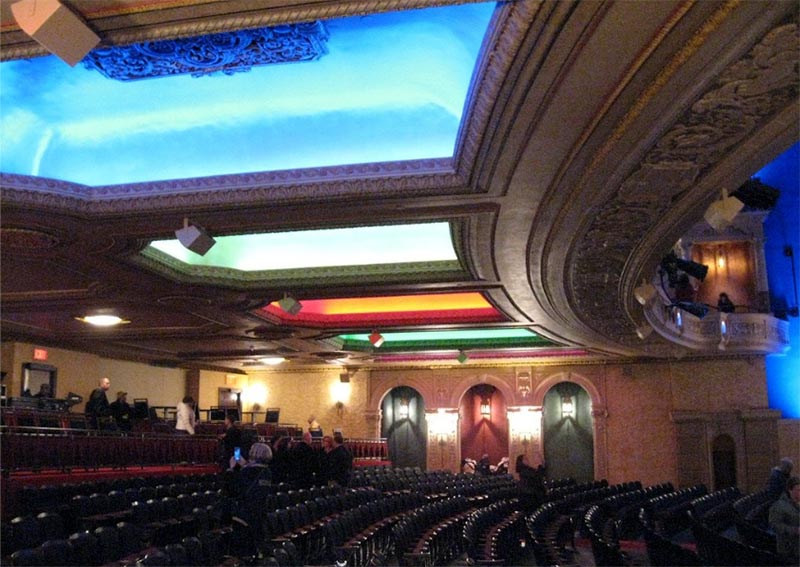 The Farah family applied to have the Capitol Theatre listed on the National Register of Historical Places in 1985. The Capitol Theatre earned a spot there on the NRHP because of its Architecture/Engineering, and its history of offering Performing Arts to the community.
The Farah family applied to have the Capitol Theatre listed on the National Register of Historical Places in 1985. The Capitol Theatre earned a spot there on the NRHP because of its Architecture/Engineering, and its history of offering Performing Arts to the community.
Two generations of this family have worked tirelessly to accomplish what they were able to do. The theater closed in 1995, but efforts continued to raise money to renovate it. Restoration efforts by individual family members continued on until 1995, when it was realized that they would never be able to raise the entire boatload of money needed to fulfill their dream.
Loans from the NRHP would not cover the high costs of restoration. While they did finally receive a grant for 100,000 dollars which helped to fix and do the tucking of the outside bricks of the building, this was just a drop in the bucket. A lot more money was needed and there was no way to raise it.
Fortunately, the Uptown Reinvestment Group who were powerful money-raising movers and shakers, and a non profit group, bought the Capitol Theatre Building in April of 2015. They got to work immediately, to fully restore this historic building. They tore down the “non-historic third story addition” made on one of the storefront structures on the theater’s side, to restore balance to the theater’s front facade, with the blessings from the NRHP.
Through a partnership with The Whiting Corp., they spent a whopping thirty-seven million dollars in getting this old dame back into the game, restoring and renovating the building. The Capitol Theatre opened again in 2018; just three years later.
HISTORY OF MANIFESTATIONS
When a person is suddenly and unexpectedly suffers a fatal injury out of nowhere, as a spirit, he or she may be restless with feelings about the sudden demise and try to re-enter his or her life as a spirit person. They may continue in a favorite job or hang around the place they loved; or even where they died if it was a favorite place.
USS Lexington, TX (The spirit of a navy man killed in a fiery crash when a Japanese pilot flew his plane into the ship, is still on the job; fixing his engines, and admiring the pretty women on tours).
Jennie Wade House, PA (Jenny Wade was making bread for Union soldiers during the battle of Gettysburg. She died from a stray bullet that struck her. Her spirit is still making bread in the kitchen).
The Red Buffalo Trading Company, AZ (Morgan Earp was playing a game of pool with Bob Hatch, in The Hatch Saloon and Billiard Parlor. Morgan was suddenly shot by a bad cowboy through a back window of the building. Morgan’s spirit is still in this structure, trying to help the current owner by doing chores and by protecting this store).
Capitol Theatre, MI (In the 1930s, an employee, probably an usher, was standing in the back of the theatre on a break. A man who had just robbed a nearby business got into a shoot-out with police in the alley right behind the Theater. A stray bullet went straight through the theatre’s back door and killed this employee).
People who die before anyone who can help or notices that they are in trouble can cause a spirit to be obsessed to continue on in their fight to live in this world and but still eventually die.
The Alamo, TX (Defenders of the Alamo held off the Mexican Army during the 1836 Battle of the Alamo, waiting for the promised reinforcements to help in the battle. The reinforcements never came and all were shot by the Mexican soldiers).
Pioneer Village Sheriff’s Office Jail, AZ (A sick prisoner died of his illness in a jail cell before anyone believed that he had a serious medical problem, despite his asking for help).
Waverly Hills Sanitarium, KY (Patients came here with great hope of being cured, but died before a cure could be discovered).
Capitol Theatre, MI (The wounded employee lay on the floor behind the stage, and no one heard his anguished cries for help because a film soundtrack drowned out his pleas for help. He bled out and died).
People who enjoy entertainment at a favorite theatre or music hall, often still like to be there as spirits to enjoy further concerts, films and performances.
Cincinnati Music Hall, OH (Spirits from those unfortunates whose graves are under this structure, as well as past spectral patrons, like to come to enjoy the performances in this great venue).
Kansas City Music Hall, MO (While most spectral patrons who enjoy the performances on stage are model spectral guests, there is always one who misbehaves in every crowd).
Paramount Theater, TX (Spirits who were enthusiastic patrons while alive, still come to enjoy the performances and the films shown with the perk or not having to buy a ticket).
Capitol Theatre, MI (People who loved past films and perhaps the performances of the early stage productions while alive, still do as spectral patrons).
Sometimes spirits don’t approve of the living’s plans for their favorite structure.
Bullock Hotel, SD (The spirit of Seth Bullock became incensed when slot machines were introduced in the lobby of his hotel and took matters into his own spectral hands to let the living know how he felt).
Comedy Store, CA (Spectral patrons didn’t like Sam Kinison’s act which got louder and louder and ended with his customary scream, causing some angry disembodied chants. These unhappy spirits did their best to dissuade Sam from performing).
The Chimneys, VA (Spirits here didn’t approve of a restaurant being located on their first floor. They expressed their feelings by making loud sounds of china breaking or silverware being dropped; sometimes items actually broke).
Capitol Theatre, MI (During the years when the rock and roll bands held forth on this stage, spirits of former patrons let it be known that they hated the loud noise made by this kind of music).
MANIFESTATIONS
Spirits who have chosen to stay in the theatre because of all the wonderful life experiences they had in this place, love to watch films and performances on stage. They are not afraid to interact with the living, and will let whomever know if they like or dislike a film or performance. One spirit is not a happy soul and is trying to work through what happened to him.
Tough Crowd from the Past
A peanut gallery full of spirits is an active force here.
Patrons and staff had reported hearing the sounds of screams, moans, and “tappings” on the walls of the theater in the balcony which started during the loud rock and roll band performances.
Upset spirits found ways to let the rockers know that they didn’t care for the loud sound of rock-pop-alternative music performance, like a fed-up neighbor who complains about the noisy party next door.
The spirits tried to discourage such performances by tampering with the electricity hook ups, denying the bands temporarily of the juice they needed to perform.
When bands who had come to set up for pre-concert sound checks, have had their equipment suddenly died temporarily, for apparently no reason at all.
Being Good Examples
Spirits tried to show what they wanted in musical entertainment, bands were treated to the sound of eerie out of body singing, coming from apparitions and shadows in the balcony; trying to be models of appropriate entertainment.
Let’s Have Some Fun!
Footsteps are heard going across the stage.
It is apparently fun to slam doors for chuckles, letting the living know that they are here!
It is so much fun playing with the electricity, interrupting the connections for the amps for present-day performers, just to let them know that they are there!
When the theatre is empty, spirits entertain each other with their favorite songs. When the theatre is closing, disembodied voices are heard singing.
Fans of Past and Present
Spirits remember and enjoy all their fond memories they had in this theatre.
These generally happy spirits still enjoy the films and performances, as long as the acts are not too loud.
Personal Appearances
The Living have seen apparitions and shadows in the balcony.
Apparitions and see-through spirit people still love being on the stage.
A spirit girl has been seen sitting on the stage, probably either in see-through or in solid form because she was clearly identified as a girl by witnesses.
Spirits of former ushers are still guiding people to their seats.
Spirit of Employee
One spirit is still upset about the way he died, and still feels betrayed because no one came to help him in his hour of need.
He may still be trying to get the help that never came. He has found a way to make himself feel better.
His apparition has been seen by the back door of the theatre where he died.
His screams and moaning for help can still be heard, coming from different places in the theatre.
Tappings and moaning seem to come from the walls of the basement spaces as well, as witnessed by workmen and thespian groups who rehearse down there.
Not on Payroll
When the upset employee mentioned above isn’t trying to get some help, he carries on with his former duties that he had when he was alive.
He may be one of the spectral ushers that have taken people to their seats.
PARANORMAL FINDINGS
Boatloads of personal experiences have been reported by maintenance personnel, performers, thespians in rehearsal, employees, patrons and owners.
While I can’t find any hard evidence of the paranormal activity, the number of personal experiences that many folks have been reported over the years certainly point to spirit people who reside or visit here.
STILL HAUNTED?
Yes Indeed!
The same paranormal activity is still being reported. Apparently, most of the spirits are having a lot of fun reminiscing about their favorite shows and films, singing to each other and to the living, as well as enjoying the films and shows offered. They are still not afraid to let their opinions be known.
The employee who was shot and died here is not a happy spirit, and is still trying to get help in time to prevent his death. He continues to work as a theatre employee which must give him some comfort. He needs the help of a medium to let go and leave his unhappiness behind and go to a place where he will be happier.
LOCATION
140 E Second Street
Flint, Michigan 48502.
(810) 767-5141
The city of Flint is located near three main highways 475, 69 and 21. The large building which houses this magnificent, theater palace, is located in downtown Flint, not far from the University of Michigan at Flint, at 1140 E Second Street, between the cross streets of Brush Alley and Harrison Street.

SOURCES INCLUDE
- HAUNTED FLINT, by Roxanne Rhoads and Joe Schipani, published by Haunted America, 2019
- https://www.ghostquest.net/haunted-places-flint-michigan.html
- 10 Historic Moments of Flint’s Capitol Theatre, in line for $21M Rehab
- Updated May 21, 2019; Posted Apr 18, 2015 by Ron Fonger | rfonger1@mlive.com
https://www.mlive.com/news/flint/2015/04/10_historic_moments_of_flints.html
Visit the memorable… Milwaukee Haunted Hotel
